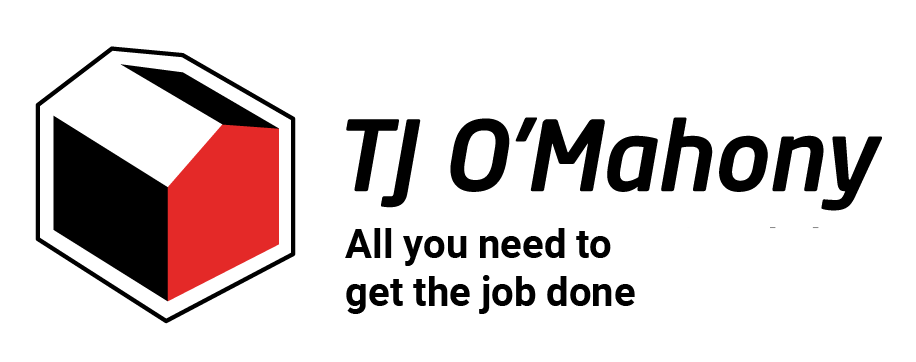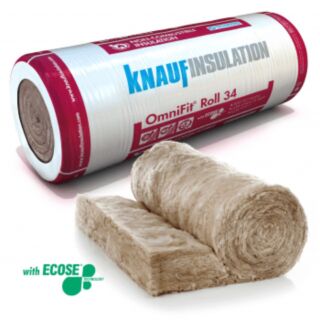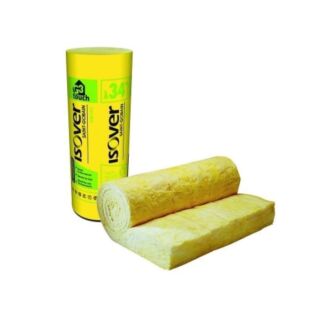- VAT: Inc Ex
- Shop by department
- Back
- Building Materials
- Back
- All Building Materials
- Blocks
- Bricks
- Cements, Concrete & Mortars
- Reinforcement
- DPC DPM Radon Geotextile
- Ventilation
- Gutter & Downpipe
- Underground Pipe & Conduit
- Roof Materials
- Slates and Tiles
- Lead Flashing
- Fascia and Soffit
- Roof Windows
- Building Chemicals & Sealants
- Sheeting
- Aggregates
- Lintels
- Scaffolding
- Farm Materials
- Timber Products
- Insulation Plastering
- Back
- All Insulation Plastering
- Plaster Mix & Accessories
- Plasterboards
- Metal Stud Sections
- Air Tightness Solutions
- Roof & Loft Insulation
- Fire Protection Insulation
- Acoustic Insulation
- Cavity Wall Insulation
- Rainscreen External Wall Insulation
- Rigid Floor Insulation
- Rockwool Insulation
- Knauf Insulation
- Knauf Drywall
- Isover Insulation
- Xtratherm
- Installation Guide
- Heating & Plumbing
- Tiles & Bathrooms
- Kitchen Kits
- Doors & Floors
- Paint & Decorating
- Tools & Fixings
- Electronics
- Paving & Decking
- Workwear
- Garden Centre
- Home Plus
- All Jumbo Bags
- Special Offers
- Special Offers
- Contact Us
- Handy Hardware
E-MAIL [email protected]
VAT: Inc Ex
Pitched Roof
Select eircode to see availability
Select branch to see stock
Pitched roof insulation involves adding insulation material to the space between the rafters of a pitched roof. This helps to reduce heat loss in winter and heat gain in summer, improving the energy efficiency of your home and reducing your energy bills.
Types of Insulation for Pitched Roofs
There are several types of insulation materials suitable for pitched roofs, including:
- Mineral wool: A fire-resistant and durable insulation material.
- Glass wool: A cost-effective and versatile insulation option.
- Polystyrene: A rigid foam insulation that provides excellent thermal performance.
- Cellulose insulation: An eco-friendly insulation made from recycled paper.
Key Benefits of Pitched Roof Insulation
- Reduced energy bills: Lower heating and cooling costs.
- Improved comfort: A warmer home in winter and a cooler home in summer.
- Reduced carbon footprint: Lower energy consumption helps protect the environment.
- Increased property value: Well-insulated homes are more energy-efficient and desirable.
Factors to Consider
When choosing insulation for your pitched roof, consider the following factors:
- R-value: The higher the R-value, the better the insulation's thermal performance.
- Ventilation: Adequate ventilation is essential to prevent moisture buildup and mold growth.
- Installation: Proper installation is crucial to ensure optimal performance. Consider hiring a professional installer if necessary.
By investing in proper pitched roof insulation, you can significantly improve the energy efficiency and comfort of your home.


